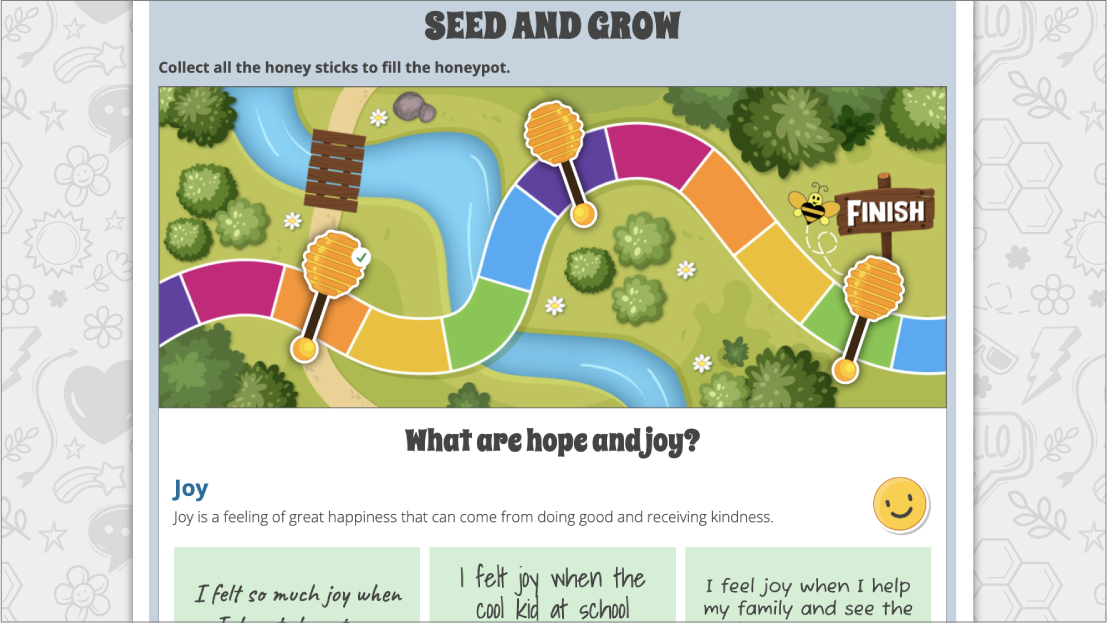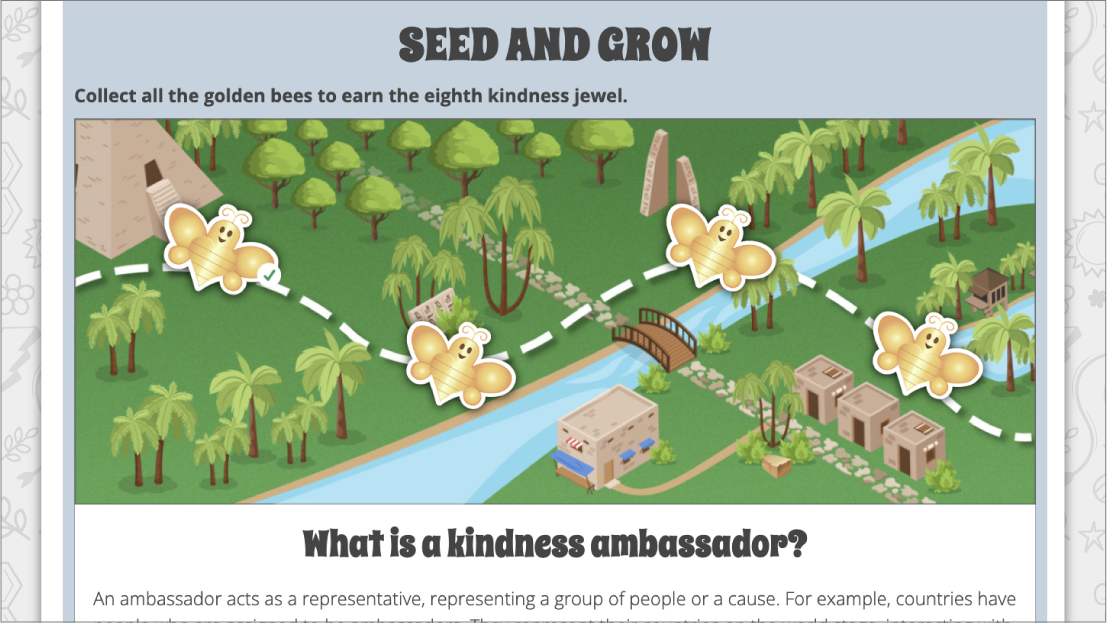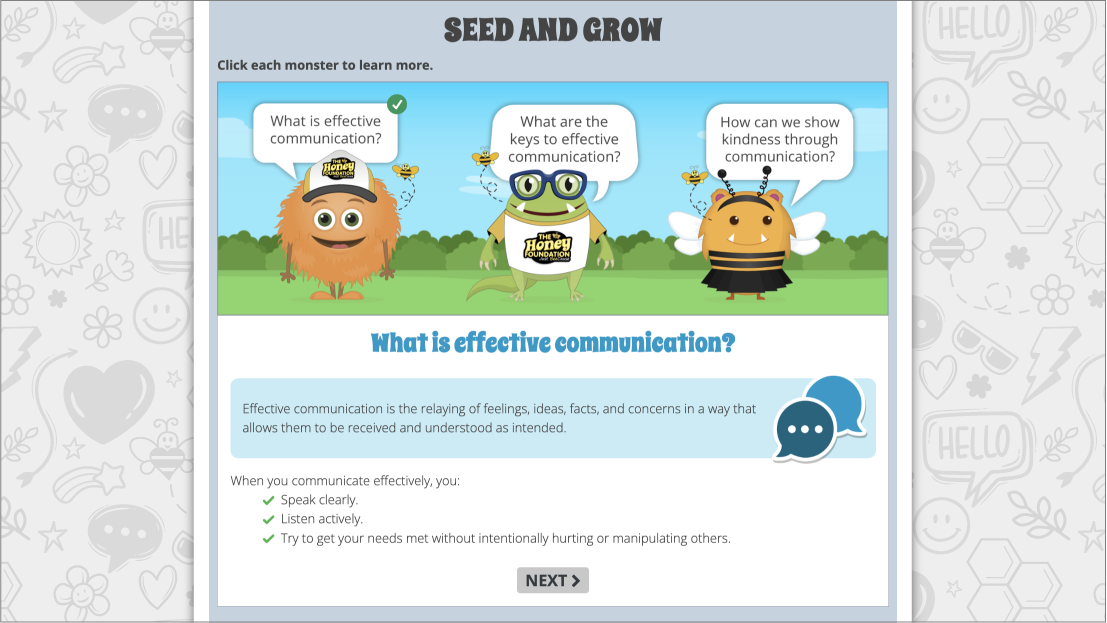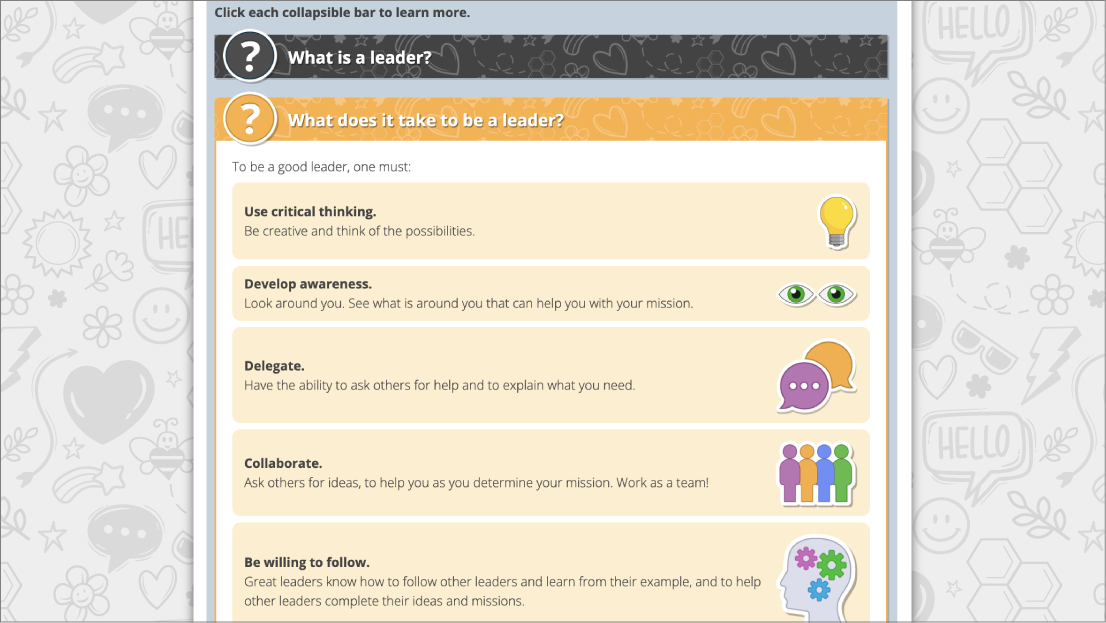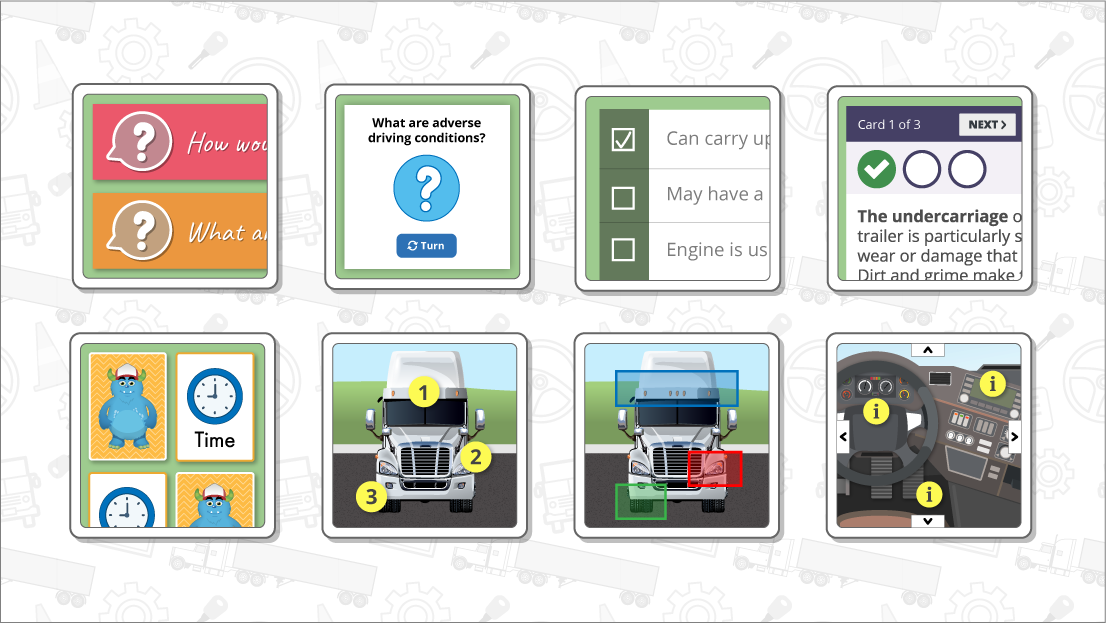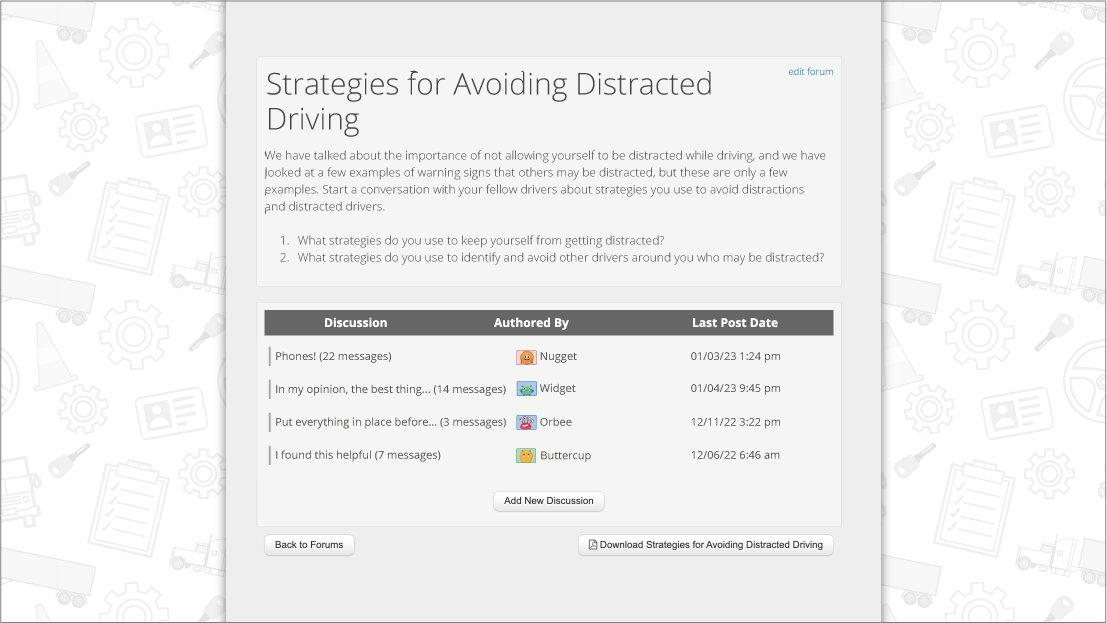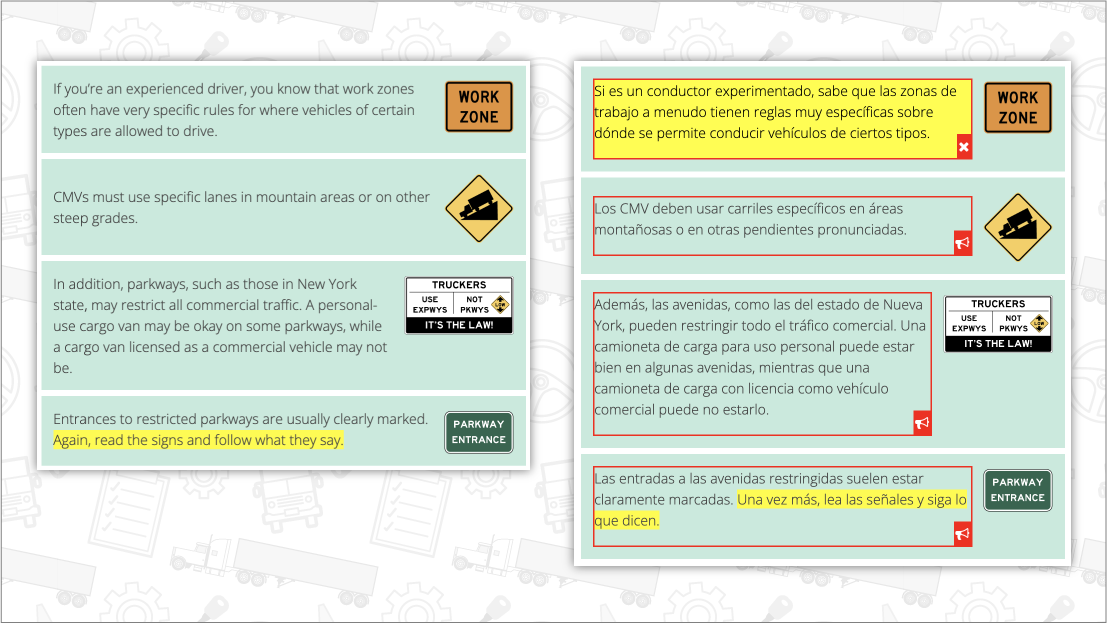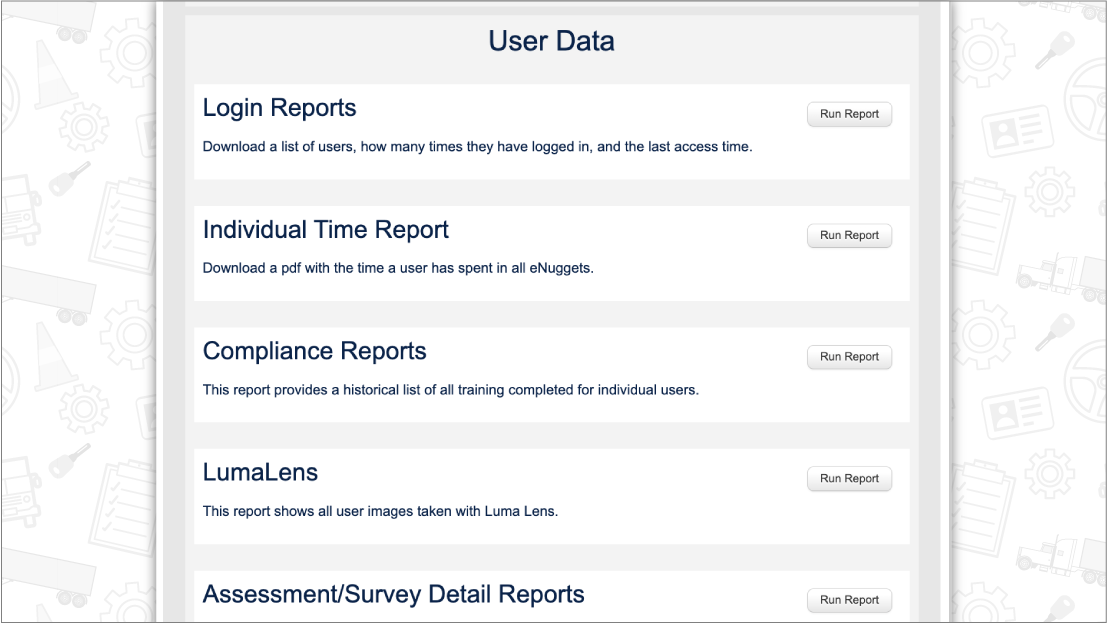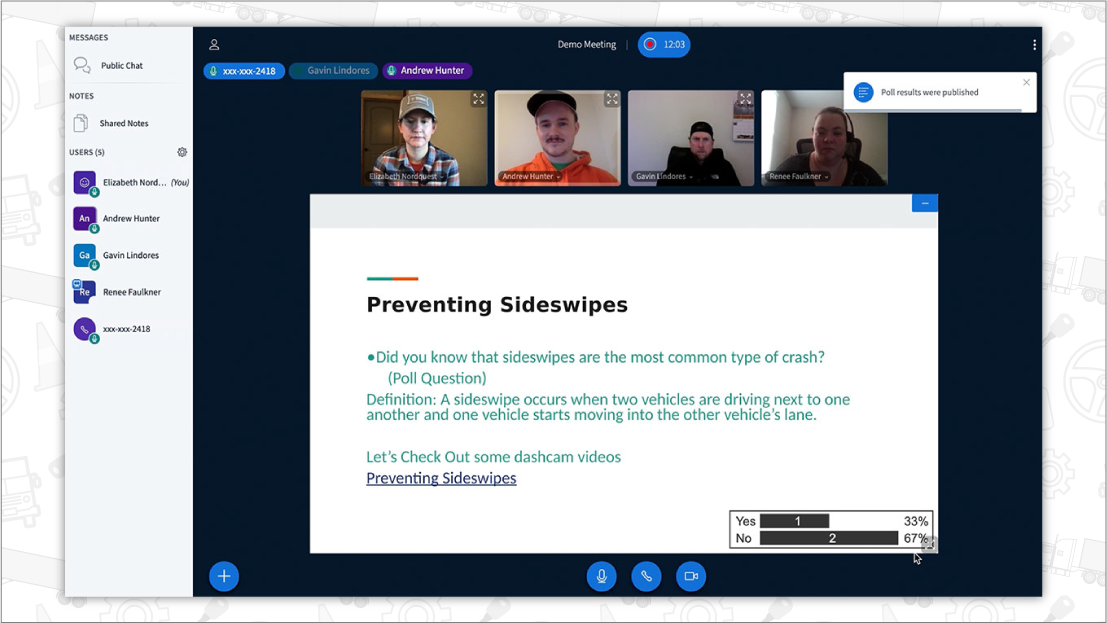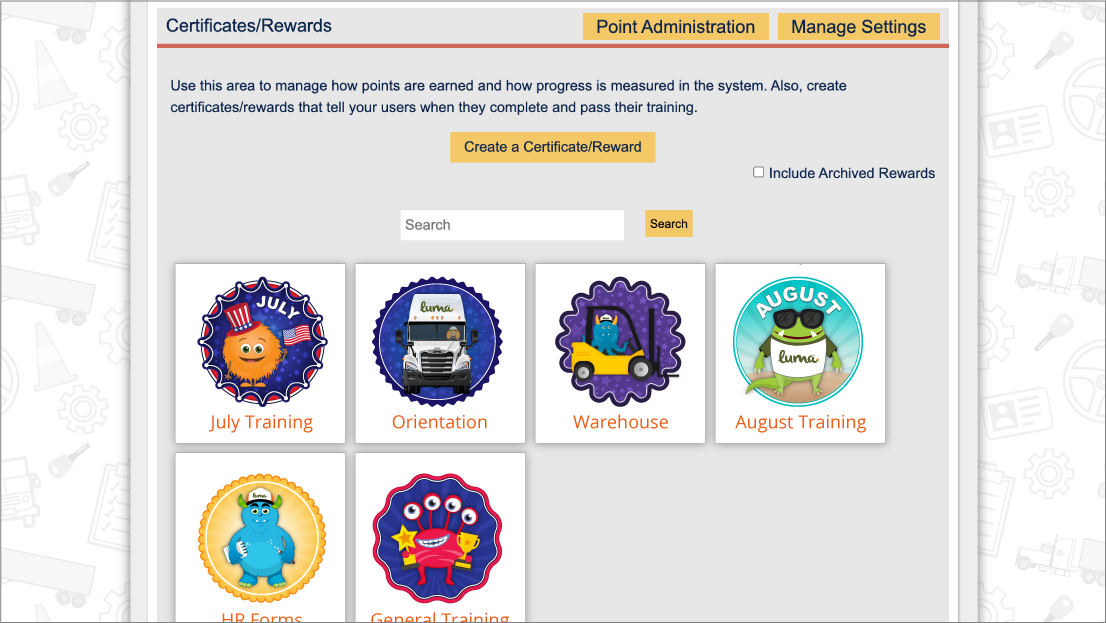![]()
The Value of Pets for Human Health
Have you ever wondered what the value of pets is for human health? The Center for Disease Control (CDC) provides research on the benefits of owning a pet. This learning lesson will unveil these benefits and help you consider if owning a pet is right for you.
 Have your heard? Our Learning Lessons have been collected into a book available for purchase on Amazon.com! Teaching Without A Teaching Degree: Luma Learning Lessons contains 52 lesson plans and worksheets with 106 different teaching strategies designed for the trucking industry that can easily be adapted to suit any age and content topic.
Have your heard? Our Learning Lessons have been collected into a book available for purchase on Amazon.com! Teaching Without A Teaching Degree: Luma Learning Lessons contains 52 lesson plans and worksheets with 106 different teaching strategies designed for the trucking industry that can easily be adapted to suit any age and content topic.Our free Luma Learning Lessons include objectives, estimated time, materials and instructional procedures for classroom and online/blended teaching. We will provide strategies on how to use our new LumaLive technology to collaborate virtually in real-time. We include these pillars from our learning research to illustrate where they are infused in our lessons.
Interaction Types
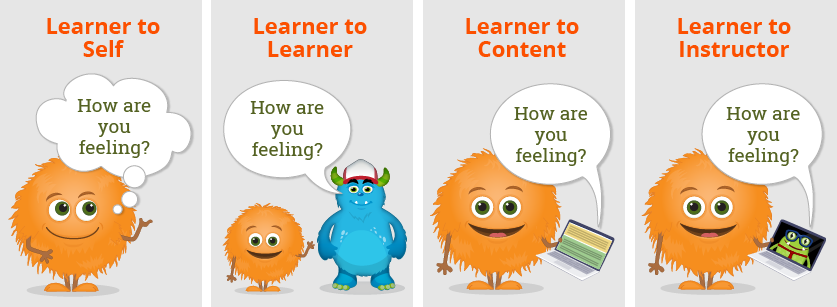
For decades there has been discussions of interaction types in education. (Anderson, 2003) Most interaction types observed in driver training traditionally are learner to instructor or learner to content. Moreover, most interaction time with driver training and orientation is synchronous or at the same time. This Learning Strategy is going to help you think about ways you can hold training without a physical classroom.
Interaction Time
The following Lesson is broken down into two different interaction times.

Objectives
|
||
Estimated Time30 minutes |
||
Materials
|
(or at the same time without a classroom)
- Meet up in webinar technology, like LumaLive.

 Have the participants bring an image of their pet, a friend’s or family member’s pet, or any animal they like.
Have the participants bring an image of their pet, a friend’s or family member’s pet, or any animal they like.
 Go around the room and have them tell you why they choose that image.
Go around the room and have them tell you why they choose that image.
 Send a link out to the Pet Fact File Worksheet through the chat box. Tell them you are going to determine the value of pets for human health. As a large group, brainstorm a list of the benefits.
Send a link out to the Pet Fact File Worksheet through the chat box. Tell them you are going to determine the value of pets for human health. As a large group, brainstorm a list of the benefits.
 Brainstorm what questions they should ask before owning a pet. Come up with a list of questions in a large group.
Brainstorm what questions they should ask before owning a pet. Come up with a list of questions in a large group.
 Compare your brainstormed listed with the list that was created based on the research of the Center for Disease Control About Pets Web Site.
Compare your brainstormed listed with the list that was created based on the research of the Center for Disease Control About Pets Web Site.
 Have them add to their lists and see if they missed anything.
Have them add to their lists and see if they missed anything.
 Individually, have them consider if they want to own a pet. If so, encourage them to individually write down the pros and cons of owning a pet. Give them time to do this individually.
Individually, have them consider if they want to own a pet. If so, encourage them to individually write down the pros and cons of owning a pet. Give them time to do this individually.
 Bring the class back together and ask them, if owning a pet is not right for you, what are other ways you can get your pet fix? Brainstorm solutions.
Bring the class back together and ask them, if owning a pet is not right for you, what are other ways you can get your pet fix? Brainstorm solutions.- Option: Send out the The Value of Pets for Human Health eNugget® after class to ensure all student accountability.
(or not at the same time)
- Assign the Value of Pets for Human Health eNugget®.

 Ask participants to fill out the Pet Fact File Worksheet and post the completed worksheet to an online discussion board.
Ask participants to fill out the Pet Fact File Worksheet and post the completed worksheet to an online discussion board.- Post these additional questions:
- Is a pet right for you? Why or why not?
- If you can’t own a pet, what are ways you can still get your pet fix if you love animals?
Reference:
Anderson, T. (2003). Modes of interaction in distance education: Recent developments and research questions. Handbook of distance education, 129-144.

 Luma® is a learning and instructional design company that is always coming out with new training topics. Need something specific? Give us a call at (574) 807-8148 ext 5 or email
Luma® is a learning and instructional design company that is always coming out with new training topics. Need something specific? Give us a call at (574) 807-8148 ext 5 or email 

